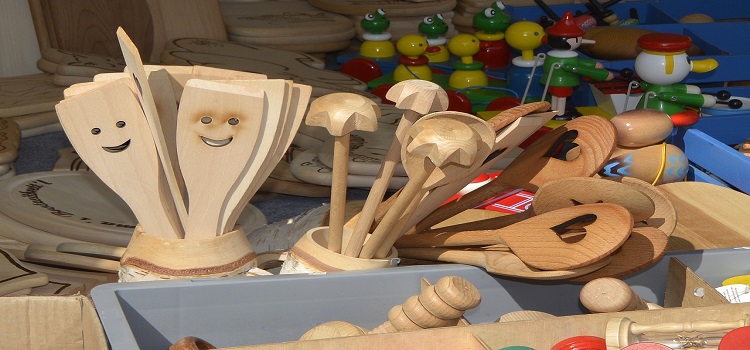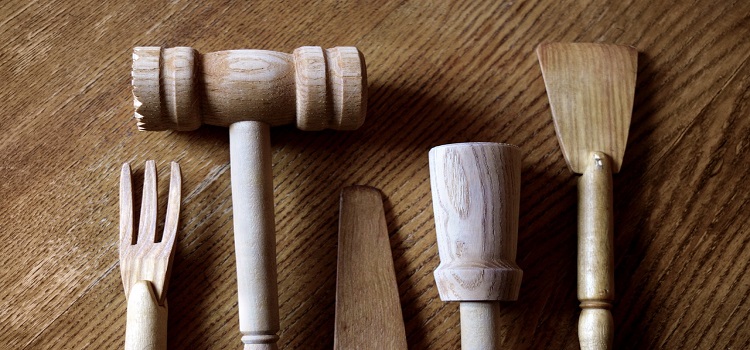As an Amazon Associate I earn from qualifying purchases.
Title: Wood Utensils and Nonstick Pans: A Guide to Safe Cooking
Introduction: In the realm of kitchen utensils, the choice between materials becomes crucial, especially when paired with nonstick pans. This guide aims to explore whether it’s safe to use wood utensils with nonstick pans, shedding light on the do’s and don’ts to preserve the longevity of your cookware.

Section 1: Using Wood Utensils with Nonstick Pans
Overview: Wooden utensils, often made from materials like bamboo or beechwood, are favored for their gentle touch on cookware. When it comes to nonstick pans, the question arises – can you use wood utensils without compromising the nonstick coating?
Compatibility: Wood utensils are an excellent choice for nonstick pans. Their soft and non-abrasive nature minimizes the risk of scratching the delicate nonstick surface, ensuring the longevity of your cookware.
Section 2: Advantages of Using Wood Utensils
Gentle on Nonstick Coating: Wood utensils provide a softer touch compared to metal counterparts, reducing the likelihood of damaging the nonstick coating.
Heat Resistance: Wood has natural heat-resistant properties, making it suitable for various cooking temperatures without transferring excess heat to the nonstick pan.
Versatility: Wood utensils are versatile and can be used for stirring, flipping, and serving without causing damage to the nonstick surface.
Section 3: Caring for Wood Utensils and Nonstick Pans
Regular Inspection: Periodically check your wood utensils for any splinters or rough edges that could potentially scratch the nonstick coating.
Handwashing Recommended: While some wood utensils may claim to be dishwasher-safe, it’s best to handwash them to maintain their integrity and prevent potential damage to the nonstick pan.

FAQ Section:
- Can I use metal utensils on nonstick pans?
- It’s not recommended, as metal utensils can scratch and damage the nonstick coating.
- Do wood utensils work well for high-temperature cooking?
- Wood utensils are suitable for moderate to high-temperature cooking, but avoid prolonged exposure to extreme heat.
- Are there specific types of wood utensils recommended for nonstick pans?
- Bamboo and beechwood utensils are popular choices, known for their gentle nature on cookware.
- Can wood utensils absorb flavors from the food?
- Wood utensils may absorb some flavors, but proper cleaning and maintenance can minimize this.
- How can I prevent my wood utensils from cracking or splitting?
- Regularly oiling your wood utensils can help prevent them from drying out and cracking.
- Can I use wood utensils with all types of nonstick coatings?
- Yes, wood utensils are generally safe for all types of nonstick coatings, including PTFE and ceramic.
- Do wood utensils stain nonstick pans?
- Properly cleaned wood utensils are unlikely to stain nonstick pans.
- What is the lifespan of wood utensils?
- The lifespan varies based on usage and care, but well-maintained wood utensils can last for many years.
- Can I use wood utensils with scratched nonstick pans?
- It’s advisable to avoid using any utensils on pans with visible scratches to prevent further damage.
- Are there alternatives to wood utensils for nonstick pans?
- Silicone utensils also offer a gentle alternative to wood and are safe for use with nonstick pans.
Conclusion: Using wood utensils with nonstick pans is not only safe but also advantageous in preserving the integrity of your cookware. With their gentle nature and heat-resistant properties, wood utensils can become your go-to choice for a seamless and scratch-free cooking experience.
As an Amazon Associate I earn from qualifying purchases.
Leave a Reply